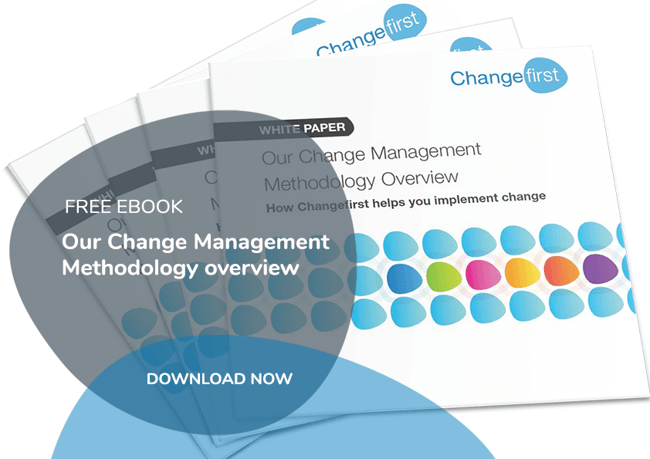
Five practical principles
The main use of communications in change is to build understanding of what we are trying to achieve. It is a critical part of building commitment to change. Well planned communication can also help people feel positive about a change and lessen the impact of resistance. The reverse is also true. Poorly planned or executed communication will cause and/or heighten resistance.
The issue
The problem is that communication is often the only thing that change agents or sponsors can think of when it comes to creating engagement. They are often particularly fond of slides and email. Often these presentations go unread or are skim read at best. Over the last twenty years, I have never met anyone who has read one of these presentations and been motivated by them to change. Most people see them as - at best a necessary evil. Their over-use springs from a mind-set that if we put the case as logically as possible then people will buy-in and take the appropriate set of actions.
A high number of organisations have become heavily reliant on written communications which goes directly against the human need for dialogue. We respond to two-way communication, so finding a way to open up conversation is a crucial step to powerful engagement processes.
If you want to build effective communication plans here are five principles to follow:
- Listen to people. Epictetus, the Greek philosopher, said “ We have two ears and one mouth so that we can listen twice as much as we speak”
People value dialogue and conversation. Try and avoid going to all meetings with detailed, prepared presentations. They inhibit dialogue. Initiate a conversation with people. When I was working on the turnaround of an insurance company we used a concept called ‘Brown Bag Lunches’. Basically it meant anyone who was interested in the change could come to join you for a sandwich at lunch. You would talk for no more than five minutes about the change and then invite people to talk, share ideas and raise objections. People felt they had a voice and been listened to. It wasn’t a ‘miracle cure’ but it was an early part of building acceptance of the change.
- Leaders need to demonstrate a real commitment to communication and be involved in the creation of the communication strategy. One of my many early scar tissues in change management comes from building change plans with my project team and then presenting them to executive teams. I would get lots of nodding heads and comments about “We are right behind you” only to find out later in the process they were right. They were miles behind me and I was on my own! Co-creation is very critical here. It can be done expertly and quickly but generally the more that executives play a role in building the plan the more they will in delivering it.
- Avoid gaps between what leaders ‘say’ and what they ‘do’. Leader communication needs to be consistent with their actions. This is true of agents too. But people will pay particular attention to the actions and words of the leader in deciding what to do.
- Tailor messages to the receiver’s perspective. We often talk in a language no one further down our organisations understands. They often also see the issues differently to us. Ths can be because of different interests, history, culture or experiences. It could be because of where they are in their life, for example, they have just left college or they are nearing retirement. But it is our job to speak to those differences. If you can connect to them, you have an opportunity to get your message across.
- Seek feedback and where possible take it on board. One of our clients had a global roll-out of a change a few years ago. It was cascaded down through regions to the countries. Two weeks later an agency telephoned a sample of front-line workers in each country to ask them what they knew about the change. This survey provided a wealth of information on where countries had successfully communicated change. Countries that hadn’t were then asked to re-deliver the communication and were given coaching to help them be more effective. Our last piece of advice comes from Mark Twain. He said: “I am sorry I wrote you a long letter I didn’t have time to write you a short one.”
The last point tells you a couple of things that should guide your thinking and planning for all of your Change-related communications:
-
Firstly, keep messages simple to ensure that they land effectively with your target audience (s)
- And secondly, really take some time to think what you want to convey AND how it will be conveyed.
|
|
Interested in delivering effective Change as part of a structured approach? Download a copy of our Change Management methodology ebook which explains how 6 critical success factors can help you leverage a proven approach which is being leveraged by a wide range of organisations globally.
|





Leave a comment